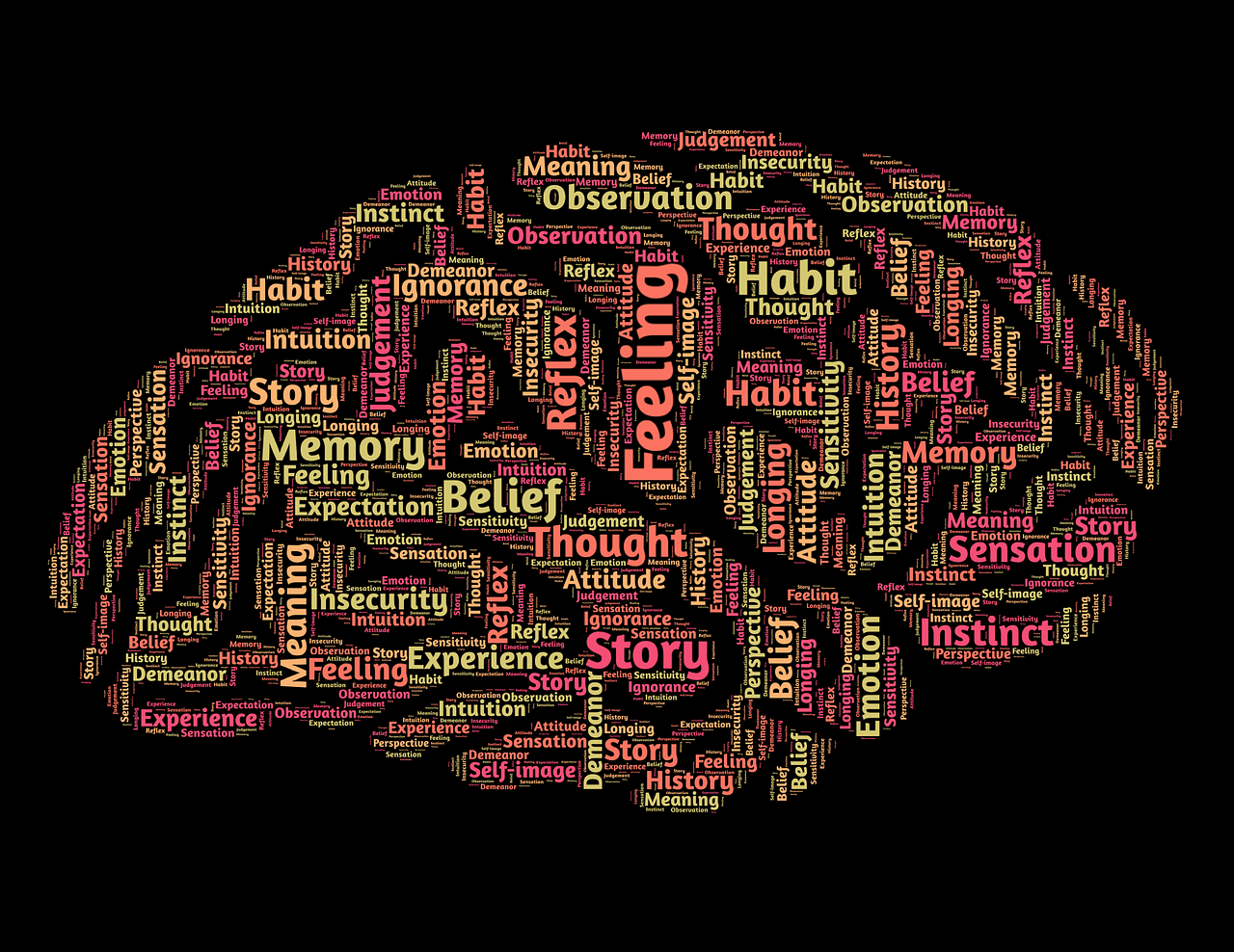Understanding Neuroplasticity
In the world of neuroscience, there’s a captivating concept called neuroplasticity. It’s all about how our brains can change and adapt throughout life. Let’s break it down into simpler terms, understand how it works, and explore why it’s so important.





